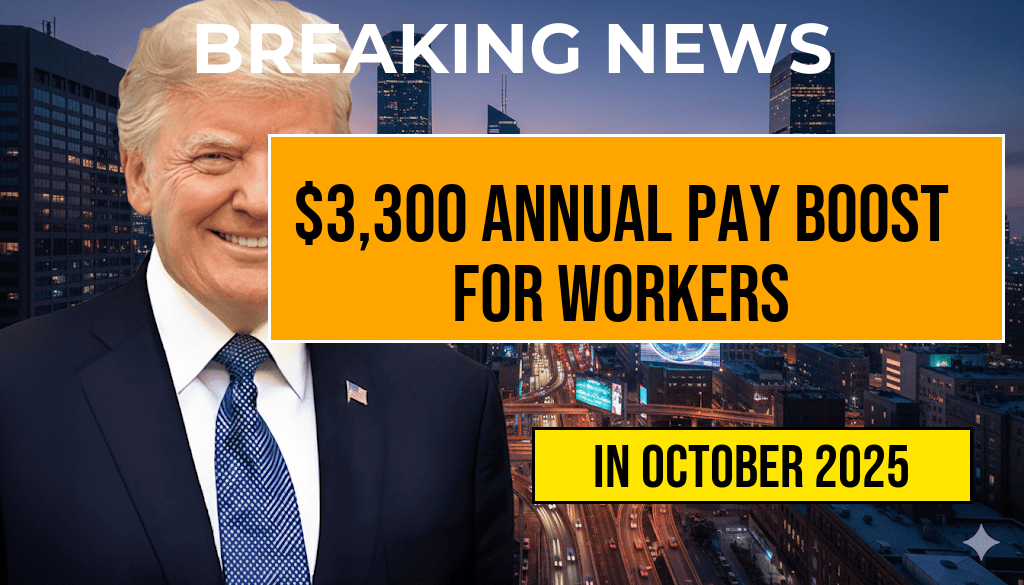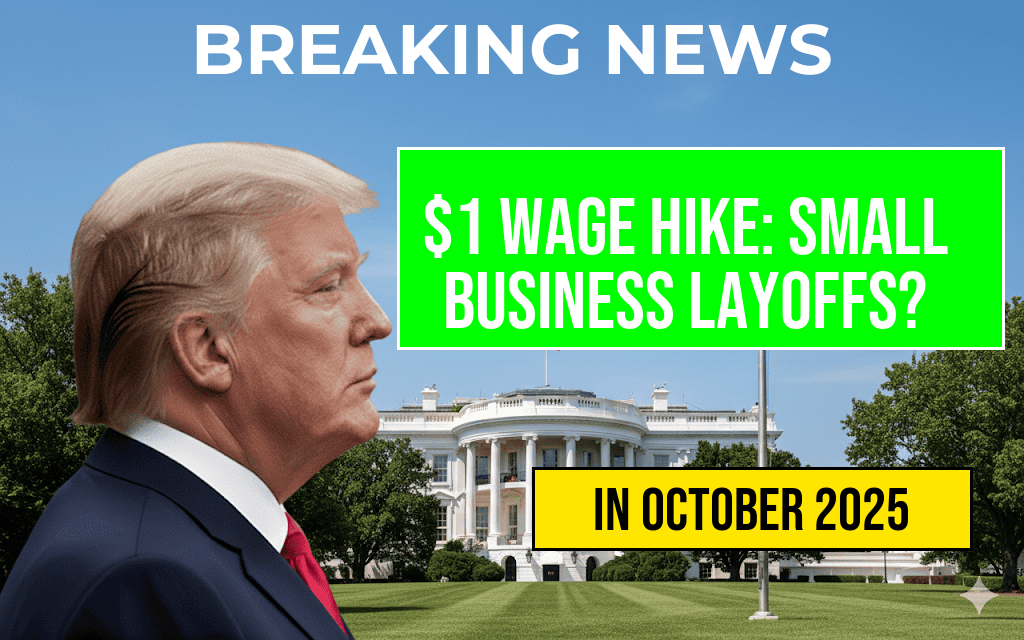The recent proposal for a $1 increase in the minimum wage has ignited a heated discussion among small business owners, economists, and policymakers. While advocates argue that raising wages is essential for ensuring a livable income, critics warn that such an increase could lead to significant layoffs and reduced hiring opportunities. Small businesses, which employ nearly half of the American workforce, may face tough decisions—balancing the need to compensate employees fairly against the financial realities of their operations. As the debate unfolds, the question remains: will a modest wage increase ultimately harm the very employees it seeks to help?
The Current Landscape of Minimum Wage Laws
As of 2023, the federal minimum wage stands at $7.25 per hour, a rate that has not changed since 2009. Many states and cities have established higher minimum wage laws, reflecting a growing movement toward ensuring fair compensation. According to the U.S. Department of Labor, approximately 1.3 million workers would benefit from a $1 increase in the federal minimum wage. However, the impact of such legislation varies significantly across different sectors and geographic areas.
Potential Impact on Small Businesses
Small businesses often operate on thin profit margins, making them particularly vulnerable to wage increases. A survey conducted by the National Federation of Independent Business (NFIB) revealed that nearly 60% of small business owners believe a higher minimum wage would lead them to reduce their workforce. Many small business owners argue that they would have to make difficult choices, such as cutting hours, reducing staff, or even closing their doors entirely.
Cost-Benefit Analysis
To understand the implications of a $1 wage increase, it is important to consider both the advantages and disadvantages:
- Advantages:
- Increased disposable income for workers leading to higher consumer spending.
- Potential reduction in employee turnover and training costs.
- Improved employee morale and productivity.
- Disadvantages:
- Higher operational costs for small businesses.
- Possible layoffs or reduced hiring to manage expenses.
- Increased prices passed on to consumers.
Case Studies of Small Businesses
Several small businesses across the country have already begun to adjust their operations in anticipation of wage changes. For instance, a popular café in Seattle, where the minimum wage is already higher than the federal level, reported a significant increase in its labor costs. The owner stated, “We love our staff, but we had to cut back on our hours of operation to keep up with payroll.”
Conversely, a retail store in a rural area has chosen to absorb the costs of a wage increase, believing that investing in employees will lead to enhanced loyalty and customer service. The owner remarked, “While it’s tough now, I believe paying a fair wage will pay off in the long run.”
Economic Theories and Perspectives
Economists remain divided on the potential ramifications of a wage increase. Proponents of higher wages argue that increased earnings lead to higher consumer spending, which can stimulate economic growth. On the other hand, opponents warn that unintended consequences could arise, such as inflation or increased unemployment rates. A report from the Forbes suggests that while some studies indicate minimal impact on employment levels, others highlight significant job losses in specific industries.
Legislative Outlook
As discussions around the minimum wage continue at local, state, and federal levels, small business owners are urging legislators to consider their unique challenges. Many advocate for a tiered approach to wage increases, which could allow businesses more time to adjust their budgets and operations accordingly. The ongoing dialogue reflects a broader societal struggle to find a balance between fair compensation and the sustainability of small businesses.
Conclusion: A Complex Dilemma
The debate surrounding a $1 increase in the minimum wage presents a complex dilemma for small businesses. While the intention behind raising wages is to create a more equitable workforce, the potential for job losses and operational challenges cannot be overlooked. As stakeholders from various sectors continue to weigh in on this critical issue, the future of small business employment hangs in the balance.
Frequently Asked Questions
What is the main concern regarding the $1 wage increase for small businesses?
The main concern is that a $1 wage increase may lead small businesses to lay off employees or reduce their workforce due to increased labor costs.
How might a wage increase impact small business profitability?
A wage increase can significantly affect profit margins for small businesses, potentially leading to difficult decisions about staffing and operational expenses.
Are there any benefits to raising the minimum wage for small businesses?
Yes, raising the minimum wage can lead to higher employee morale and productivity, which may offset some of the increased costs associated with higher wages.
What factors might influence a small business’s decision to lay off employees?
Factors include the overall economic climate, current financial health, and the ability to pass on costs to consumers, which could determine whether they choose to lay off employees.
What alternatives do small businesses have to manage wage increases?
Small businesses might explore options like reducing hours, automating certain processes, or adjusting pricing strategies to manage the impact of wage increases without resorting to layoffs.











